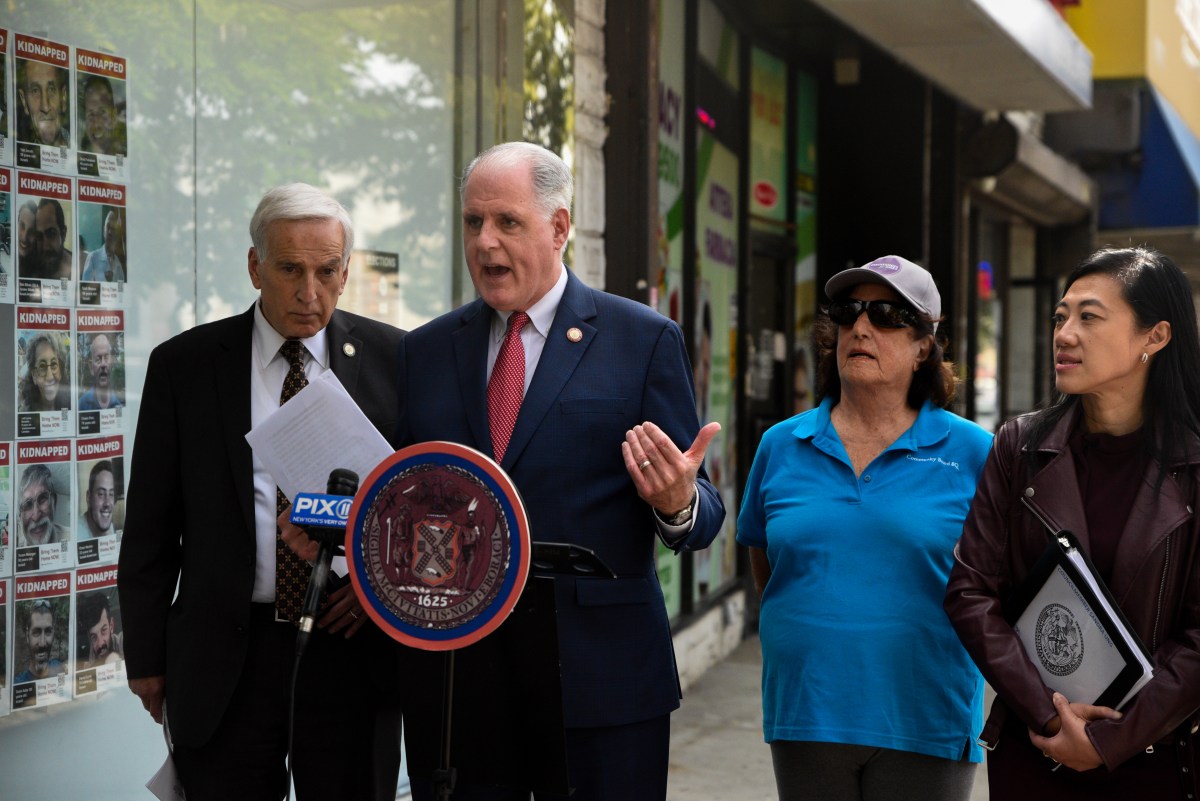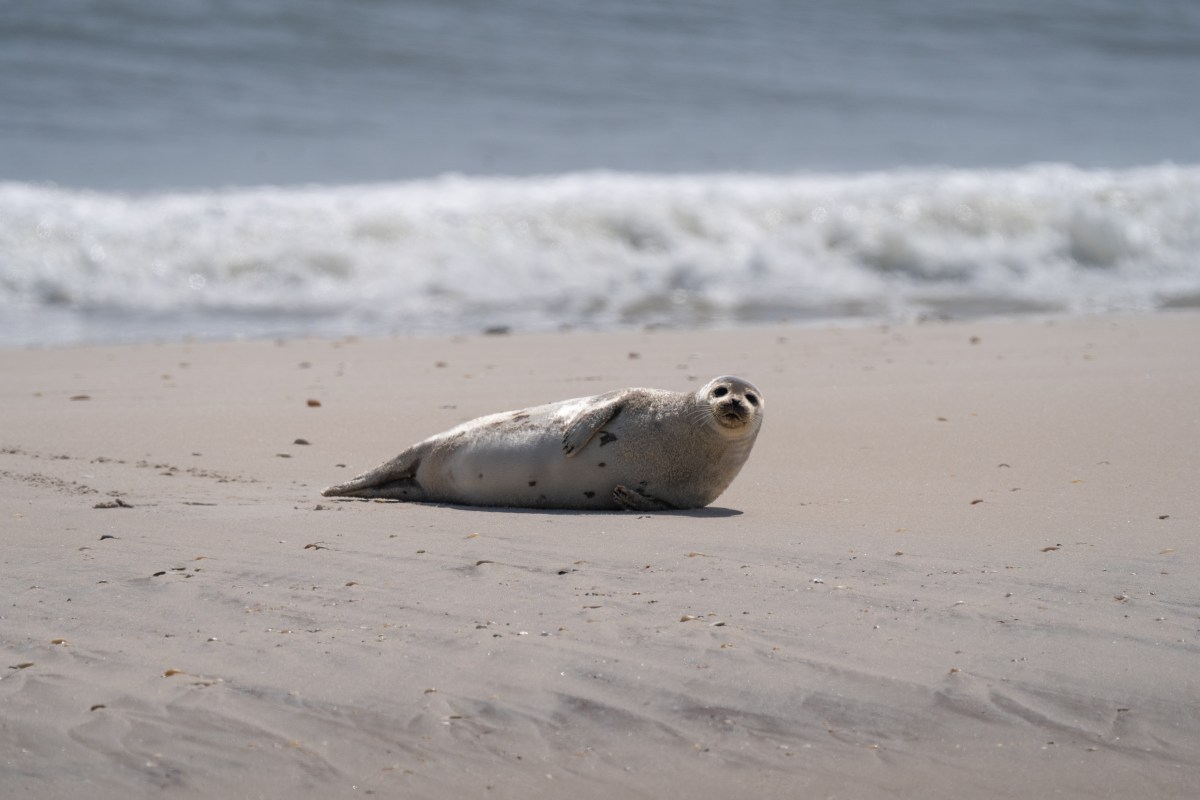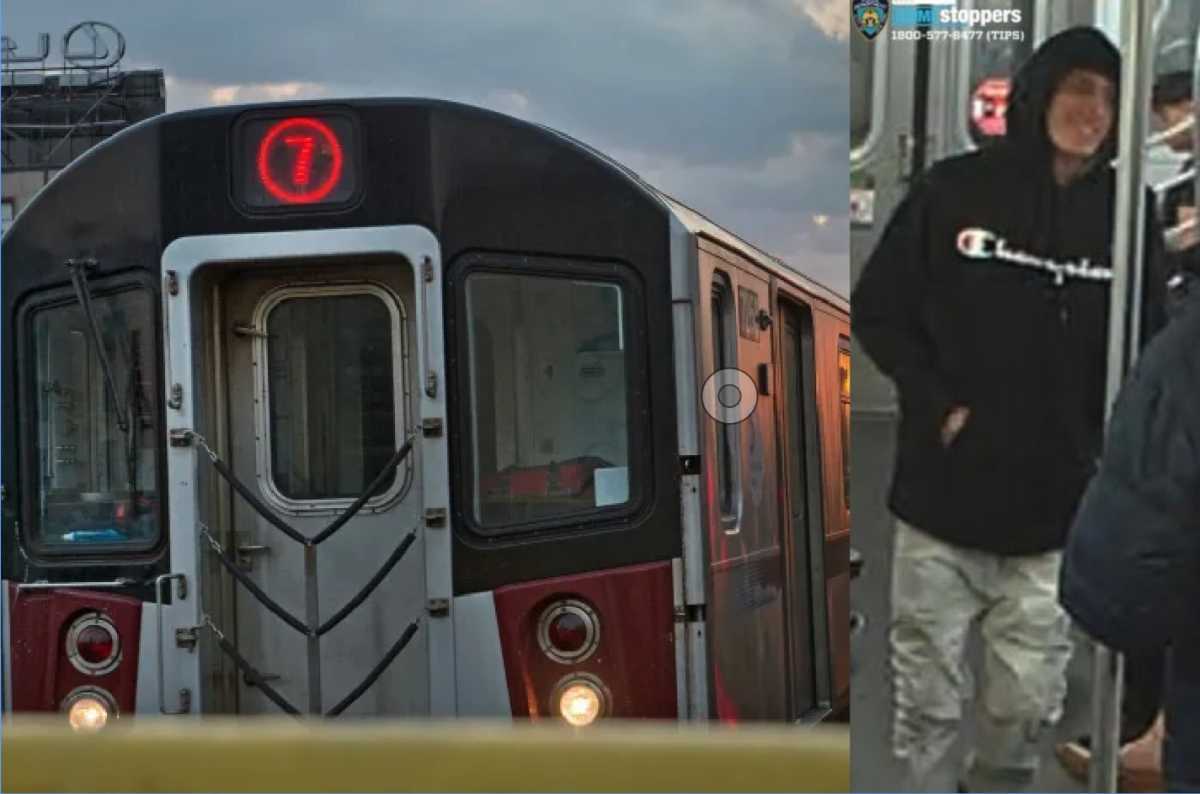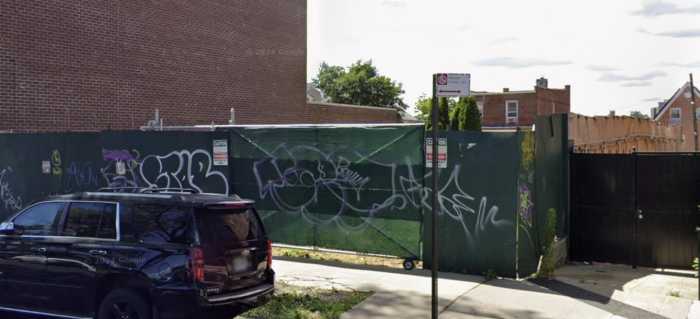Lights Out Coalition, an alliance of New Yorkers dedicated to protecting Gotham City’s wildlife, kicked off its “2025: The Year For NYC Birds” campaign on National Bird Day on Jan. 5.
Dinosaur, the colossal sculpture of a pigeon, currently on display on the High Line at 30th Street and 10th Ave on Manhattan’s Westside, provided the fitting background for the gathering of bird lovers holding up signs, calling on the New York City Council to pass Intro 896 and Intro 1073.
The laws are part of a package titled “Flaco’s Law,” named after the male Eurasian eagle-owl who escaped from the Central Park Zoo in 2023 and died on Feb. 23, 2024, after a window collision. A necropsy conducted by the Bronx Zoo revealed that Flaco also had high levels of rat poison in his system, which would have killed him eventually if he hadn’t been killed after sustaining traumatic injuries after flying into the window.

The City Council unanimously passed one part of the package, Intro 0736, a rat contraceptive pilot program, on Sept. 26, 2024. The program distributes edible pellets that sterilize male and female rats within two rat mitigation zones instead of using rat poison, thus preventing secondary poisoning in birds after ingesting rodents that have consumed rodenticides.
896-2023, sponsored by Council Member Francisco Moya (D-Queens), would require privately owned commercial and industrial buildings to turn off non-essential lighting during the migration period, while Intro 1073, prime sponsored by City Council members Tiffany Cabán (D-Queens) and Shaun Abreu (D-Manhattan), would require buildings classified as business, mercantile, or residential under the city’s Building Code to replace reflective glass with bird-friendly materials to prevent fatal bird window strikes by Jan. 1, 2030.
Flaco’s death has raised awareness that a quarter million birds die in New York City every year after fatal collisions with reflective glass, and it is estimated that nearly one billion birds collide with glass in the U.S. a year, killing most of them.

New York City Council Member Eric Bottcher (D-Manhattan), who showed off his musical talent, playing the acoustic guitar during the bird song singalong, told amNewYork that passing the laws would prevent birds from dying because of building collisions.
“Being here in New York City, one of the things that’s given me so much joy last 23 years I’ve been here is the fact that we have such incredible bird life here in New York City, especially in our Parks, which are such havens for birds, and it just breaks my heart that those birds who pass through our city on their migration routes are colliding with buildings on mass,” Bottcher said.
Edita Birnkrant, executive director of NYCLASS, told amNewYork Metro that New York City had an opportunity to make history by passing legislation that would benefit urban wildlife, the environment, and union workers -in what many describe as a first, animal rights activists and labor unions have joined forces to pass the legislation since they will also provide job opportunities for 1000s of New Yorkers.
“We are urging the city council to fast-track and pass into law the remaining two Flaco bills. It’s too late to save Flacco, but we can save the birds needlessly dying every two minutes in New York City by crashing into untreated building glass,” Birnkrant said. “So we want it to be a goal to pass this in 2025 as soon as we can. In 2025, we want it to be the year for New York City birds.”

Artist Calicho Arevalo, who has immortalized Flaco in his murals and paintings, supports the legislation through his art and with his voice.
“Supporting animal rights and supporting something that can protect the life of all these feathery friends is important,” Arevalo told amNewYork Metro.
Arevalo’s latest illustration depicts a giant pigeon standing on a food cart. He was inspired by a recent incident where a food vendor caught a pigeon with his bare hands and shoved it into a plastic bag before returning to his food cart.
“That was kind of heartbreaking for me, especially this close to National Bird Day,” Arevalo said. ” I wanted to put this illustration as an expression of sadness.”







































